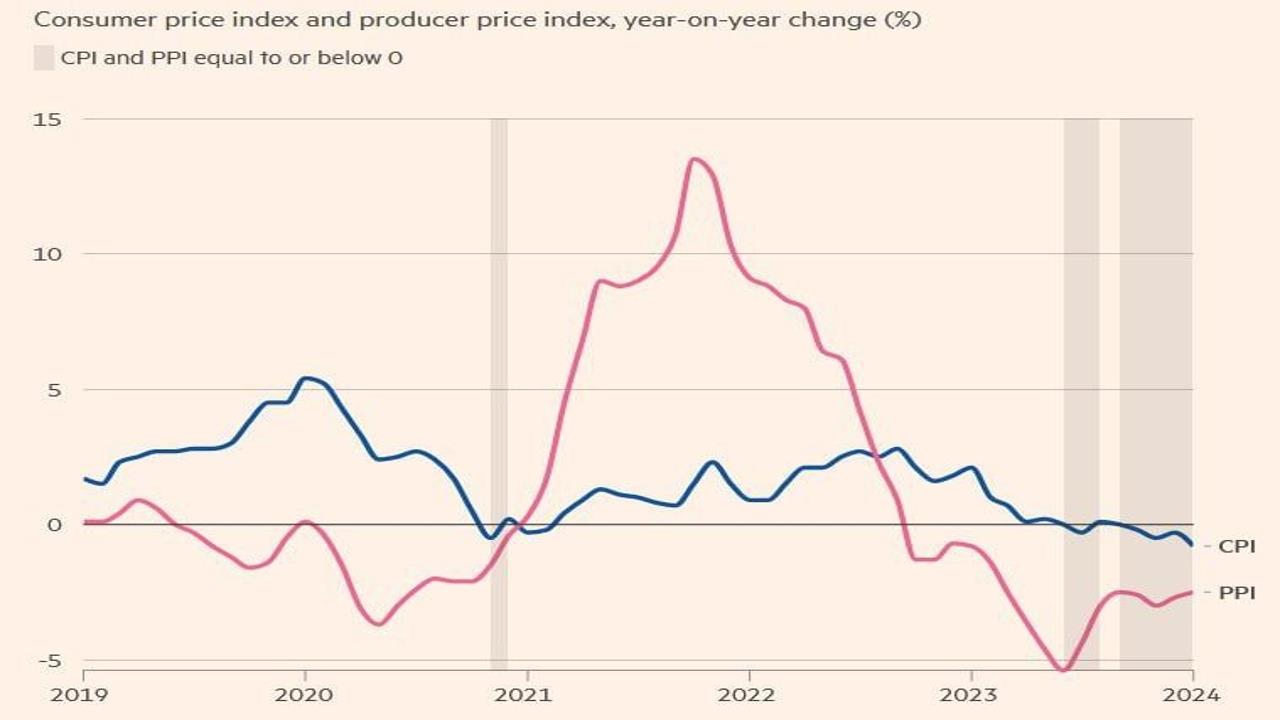Video:
Take our online poll:
AI Analysis:
Deflation, a sustained decrease in the general price level of goods and services, can be triggered by various economic factors. Here are some common causes of deflation:
1) Decrease in Consumer Demand: If consumers reduce their spending due to economic uncertainty, unemployment, or pessimism about the future, it can lead to lower demand for goods and services. As a result, businesses may lower prices to stimulate demand, contributing to deflation.
2) Technological Advancements: Rapid technological progress can lead to increased productivity, which may result in overcapacity and a surplus of goods. When supply outpaces demand, prices tend to fall, causing deflation.
3) Globalization: Increased international trade and competition can drive down the cost of production. If businesses continuously seek lower production costs, they might reduce prices, contributing to deflationary pressures.
4) High Levels of Debt: Excessive levels of debt can lead to a deflationary spiral. When consumers and businesses are heavily indebted, they may prioritize debt reduction over spending, leading to reduced demand and lower prices.
5) Tight Monetary Policy: Central banks raising interest rates or implementing restrictive monetary policies to combat inflation can inadvertently lead to deflation. Higher interest rates can reduce borrowing and spending, slowing down economic activity.
6) Financial Crises: Economic crises, banking failures, or financial panics can erode confidence in the financial system. As a result, consumers and businesses may hoard cash, leading to a reduction in spending and contributing to deflation.
7) Falling Commodity Prices: A significant drop in the prices of commodities, such as oil or metals, can impact industries heavily reliant on these resources. Reduced production costs may lead to lower prices for a wide range of goods and services, contributing to deflation.
10) Demographic Changes: Aging populations may lead to a decline in spending as older individuals tend to save more and consume less. A decrease in the labor force can also impact productivity, contributing to deflation.
It's important to note that deflation is generally considered harmful to an economy, as it can lead to a vicious cycle of falling prices, reduced spending, and economic stagnation. Central banks often strive to maintain a target level of inflation to avoid these negative consequences.
Chart:

References:


Comments